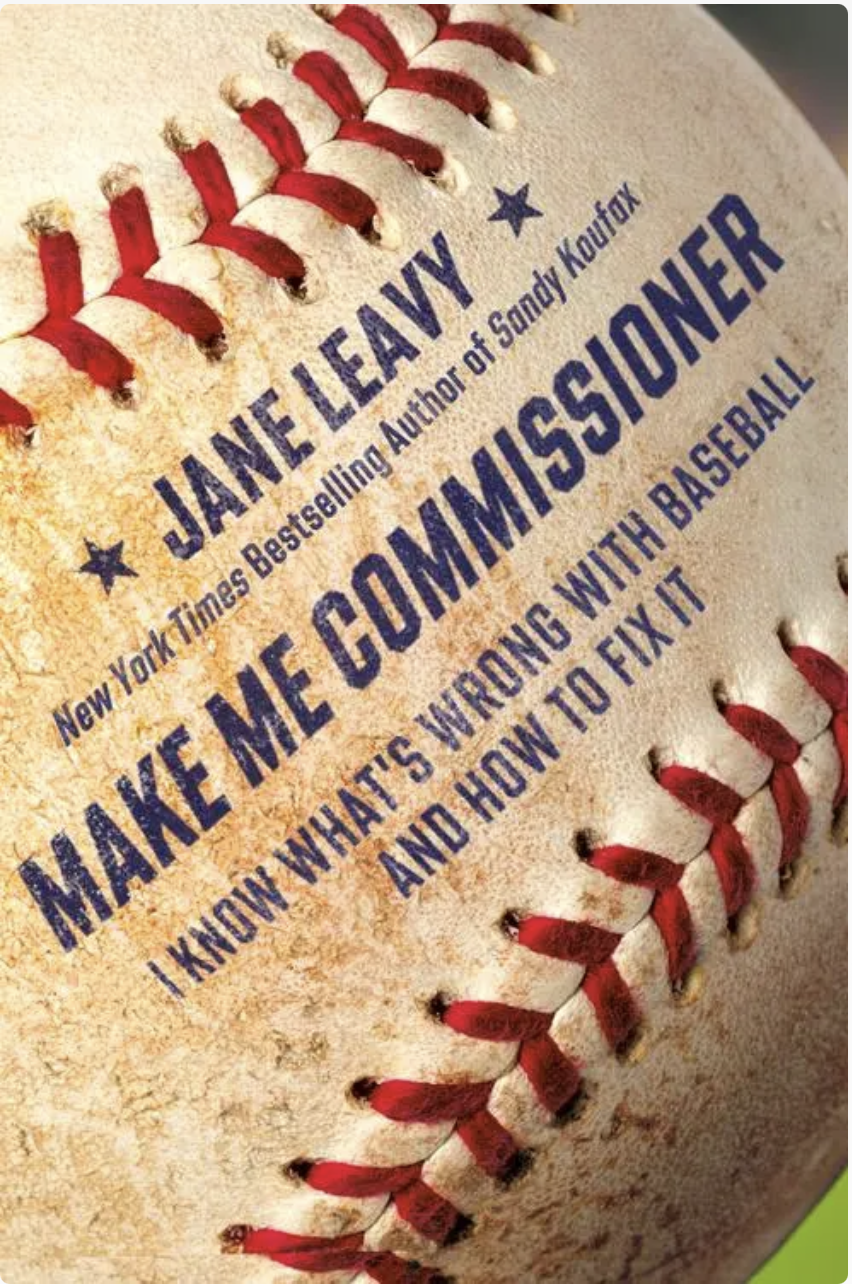
"The book is a skillful mix of history, personal connections, and insights based on watching innumerable games as a lifetime fan. She writes about the way baseball has been affected by changes in technology, from "moneyball" math to television cameras intruding on the playing field, the shift in ownership from families to billionaires, even the way stadiums are designed, the shift from "the sun is the pitchclock," keeping the action going to one estimate that there are only 17 minutes of action in a baseball game."
"I especially enjoyed her chapter about the Savannah Bananas, a minor league team that is all about the fans - even their name came from a fan. I learned the most from her chapter about the "Tommy John surgery" that more than a third of professional pitchers end up needing, from her conversations with baseball stadium architect Janet Marie Smith, and from her critique of baseball's failure to support Black players, while still pointing to Jackie Robinson's historic time in the major league as key to its history."
Baseball combines history, personal connections, and long-term fandom with modern challenges from technology, analytics, and media. Technology changes include "moneyball" analytics and intrusive television cameras that alter play and perception. Ownership has shifted from families to billionaire proprietors, affecting priorities and investments. Stadium design and pace-of-play issues have reduced visible action to an estimated 17 minutes per game. Fan-focused experiments like the Savannah Bananas demonstrate alternative engagement models. Medical issues, notably Tommy John surgery, impact many pitchers. Stadium architect Janet Marie Smith's perspectives illuminate venue design. Baseball's struggle to support Black players contrasts with Jackie Robinson's central historic role. Film culture remains intertwined with fan affection.
Read at Roger Ebert
Unable to calculate read time
Collection
[
|
...
]